This particular procedure refers to the use of laser heat and radioactive energy to get rid of wrinkles and fine lines of aging. Though the cost is very high, it is a less invasive procedure with significant results.
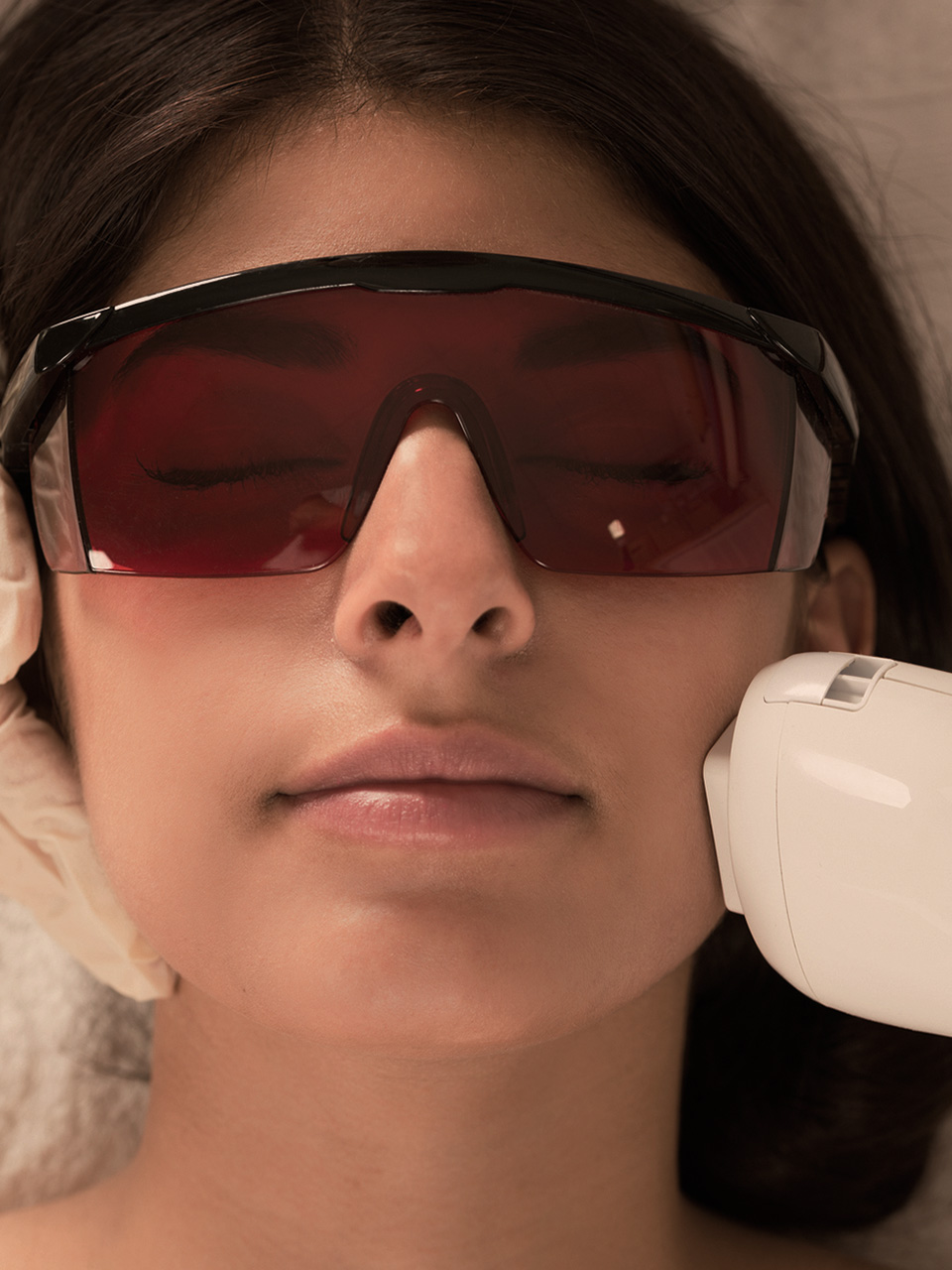
Tap to Read ➤
Laser Skin Tightening
Ningthoujam Sandhyarani


This particular procedure refers to the use of laser heat and radioactive energy to get rid of wrinkles and fine lines of aging. Though the cost is very high, it is a less invasive procedure with significant results.

Skin tightening is the cosmetic method advocated for removing unwanted fine lines and wrinkles associated with aging. You can apply anti-wrinkle creams that are specifically formulated with antioxidants to help treat wrinkles.
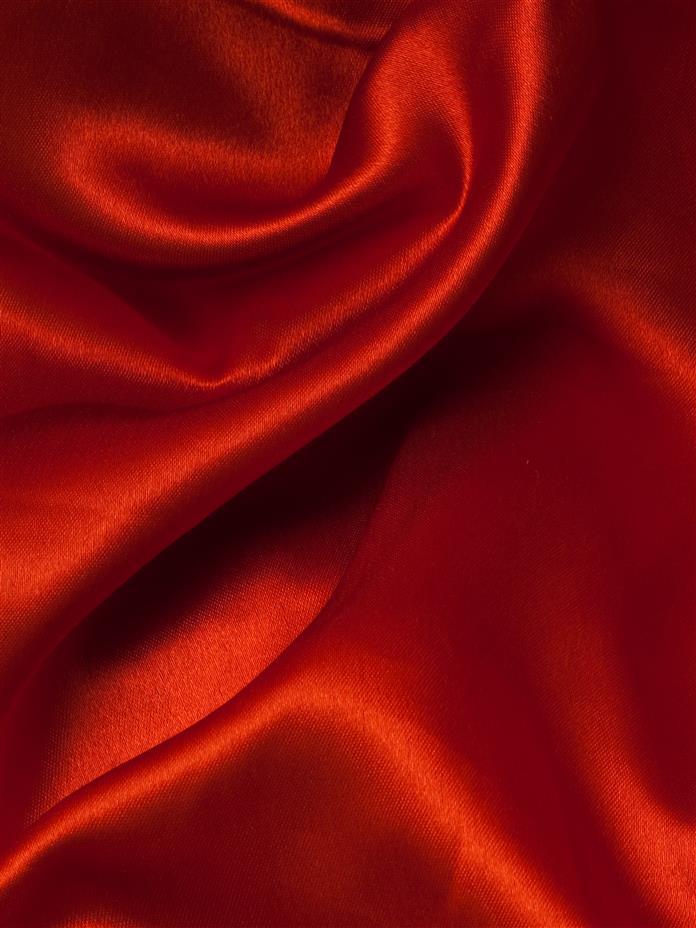
Other methods that are used include chemical peeling, surgical facelift, radio wave techniques. However, the latest fad is laser skin tightening, which is done with the help of laser beams and radio waves. Promoted as a minimally invasive technique to get rid of aging lines, many people keep wondering whether it really works or not. Let's find out!

Procedure
Similar to any cosmetic surgery, a candidate needs to undergo certain preparatory steps before undergoing the actual process. The cosmetic surgeon may instruct you to avoid direct exposure to sunlight for at least 21 - 28 days prior to the procedure.

This seems impossible for most people, as this is not practical. Hence, a better alternative is to apply a good quality sunscreen with sun protection factor (SPF) 30. Also, you may be advised to stop applying lotions, specifically vitamin A based skin creams, a day before undergoing the surgery.
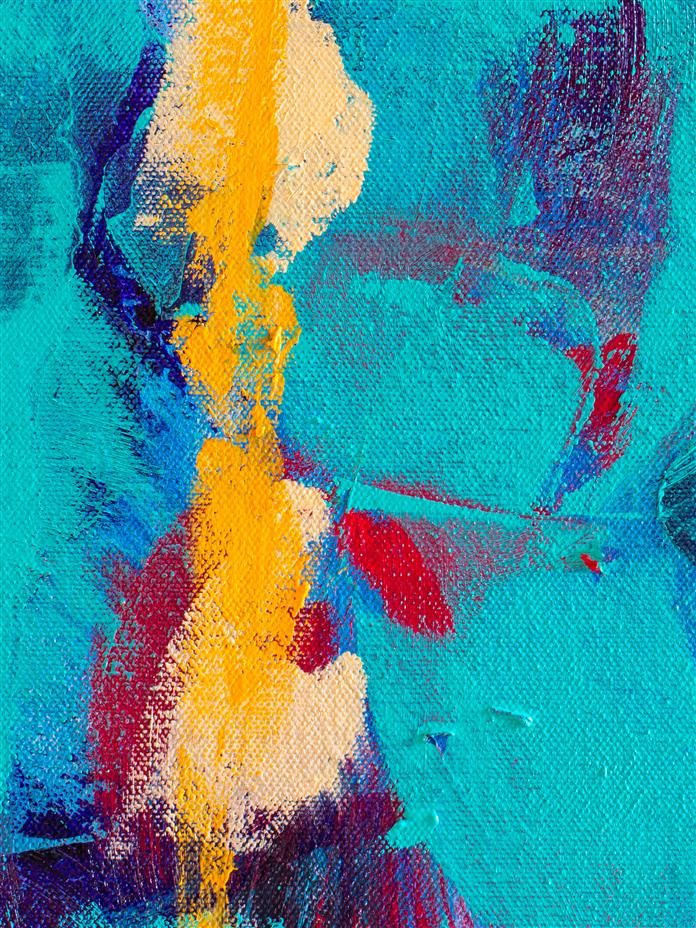
During the procedure, the surgeon first cleans the skin and removes any makeup or adhering oils. Protective eye wear is placed over the eyes, and a topical anesthetic is given locally. The surgeon then glides a laser machine over the wrinkled areas, which emits high intensity light and cool air at the same time.

The light generates controlled heat that helps revitalize the collagen fibers in the deeper skin layers, while the cool air protects the epidermis from burning. The overall process promotes increased collagen formation and results in younger looking skin.
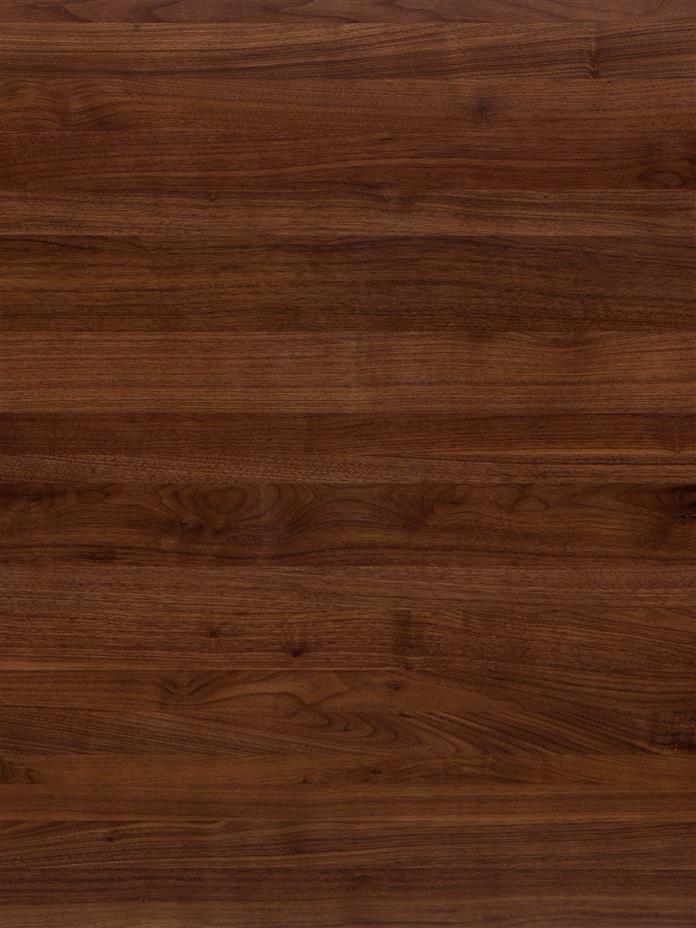
Benefits and Side Effects
The side effects of this procedure are not too serious. On the contrary, a tightened facial skin with a youthful look is achieved instantly after the procedure.
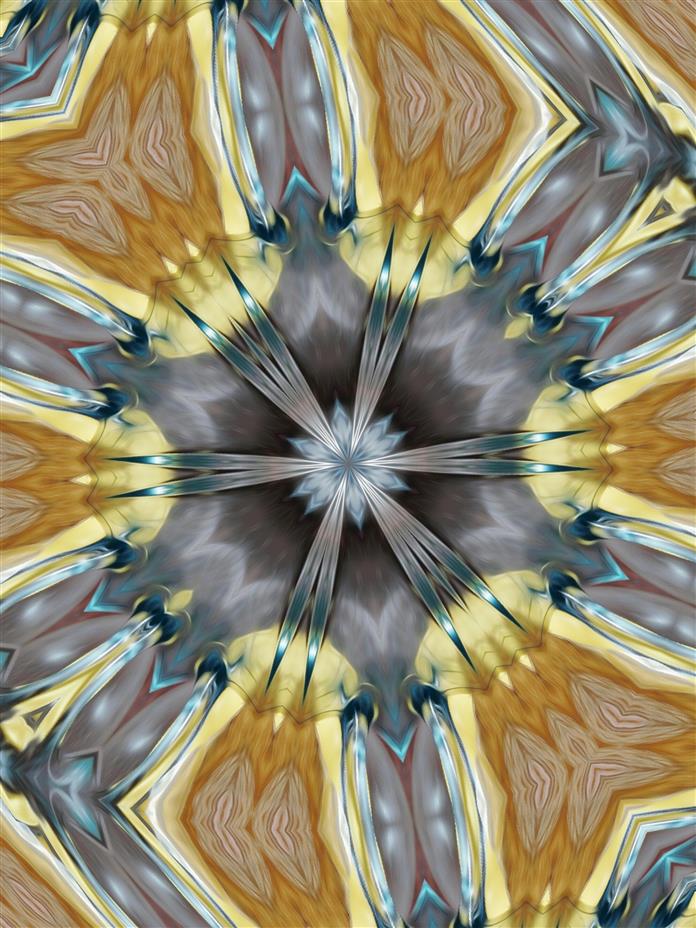
As soon as the session is over, the laser treated skin areas turn reddish with a slightly warm feeling. Other mild adverse effects are change in pigmentation and localized bruising. However, these skin conditions subside gradually within a few hours or days.

Sites where this procedure is frequently performed are the face, hands, and stomach. In the face, the forehead and areas around the mouth and eyes are tightened. In most cases, patients do not experience painful complications.
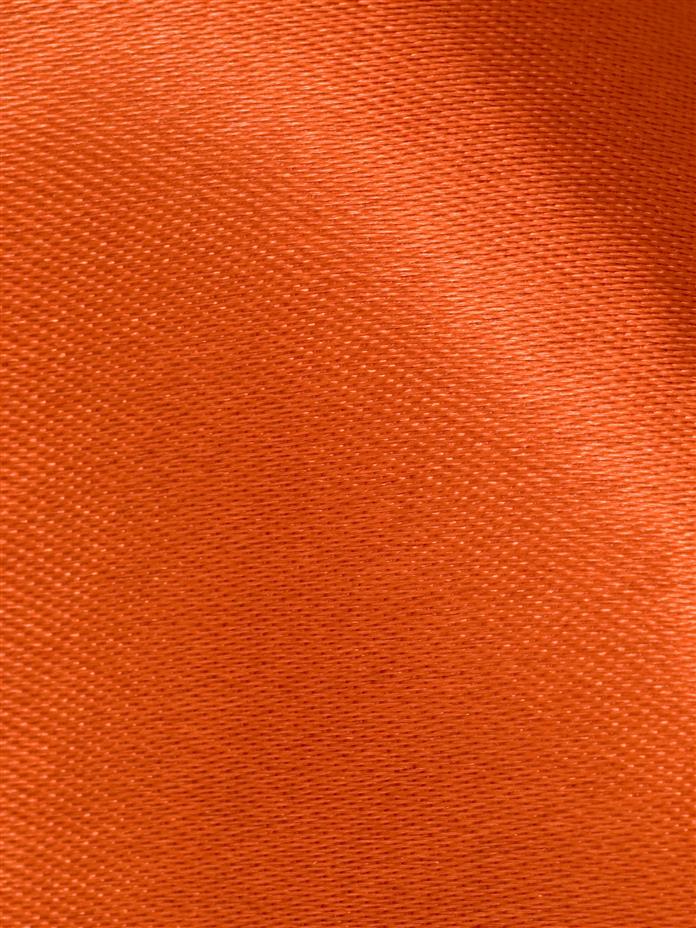
But, if you have a very sensitive skin, taking some pain-relief medicine will be helpful. Applying sunscreen with a recommended SPF factor is imperative to protect the treated areas from harmful sunrays.

Frankly speaking, the major drawback is the very high cost per treatment session. The exact cost may vary based on the patient's skin condition, skin size to be treated, and the number of treatments required to get rid of the wrinkles completely.
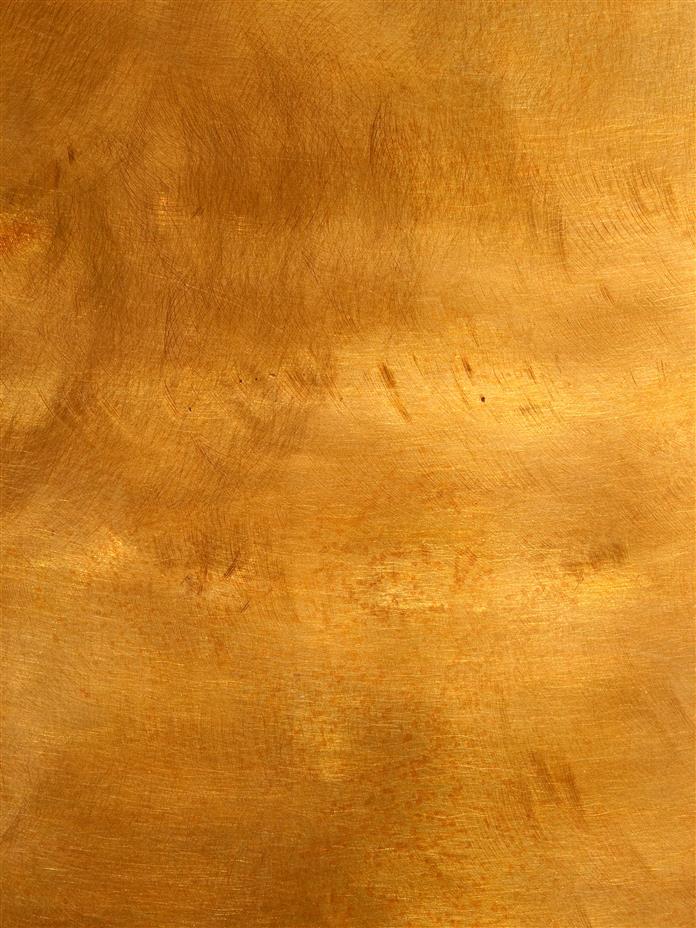
The average cost is approximately USD 500 - USD 3,500 per session. In order to get effective results, the candidate may have to undergo 3 - 4 procedures with a gap of one month between two sessions.

Taken at a glance, laser skin tightening is a much simpler method than the traditional facelift or tummy tuck methods. Besides removing aging lines, it is effective in reducing loose, hanging skin developed after quick weight loss.
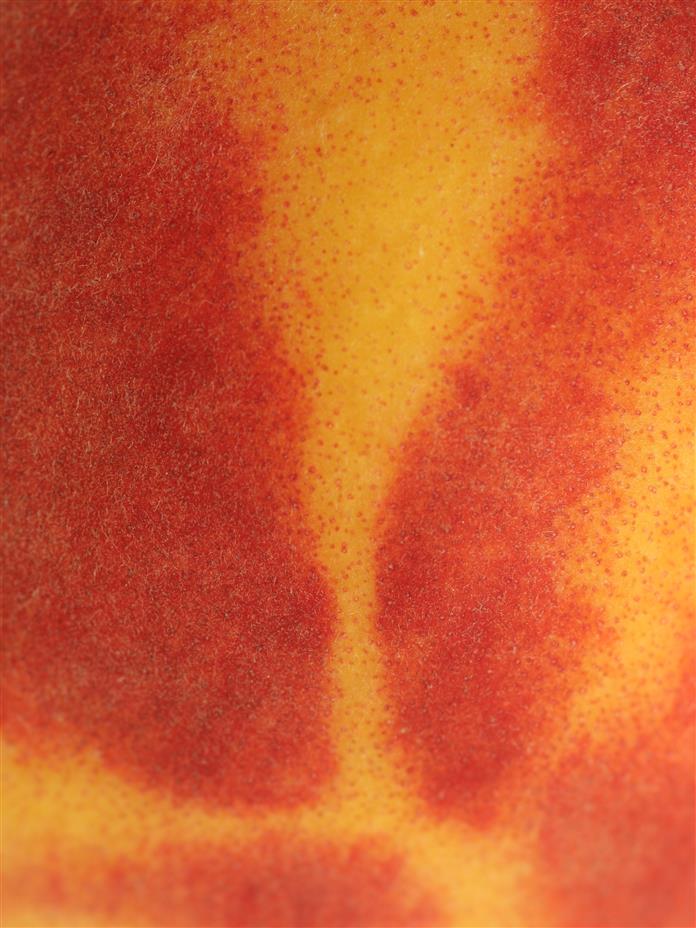
Disclaimer: This article is for informative purposes only, and should not be used as a replacement for expert medical advice.